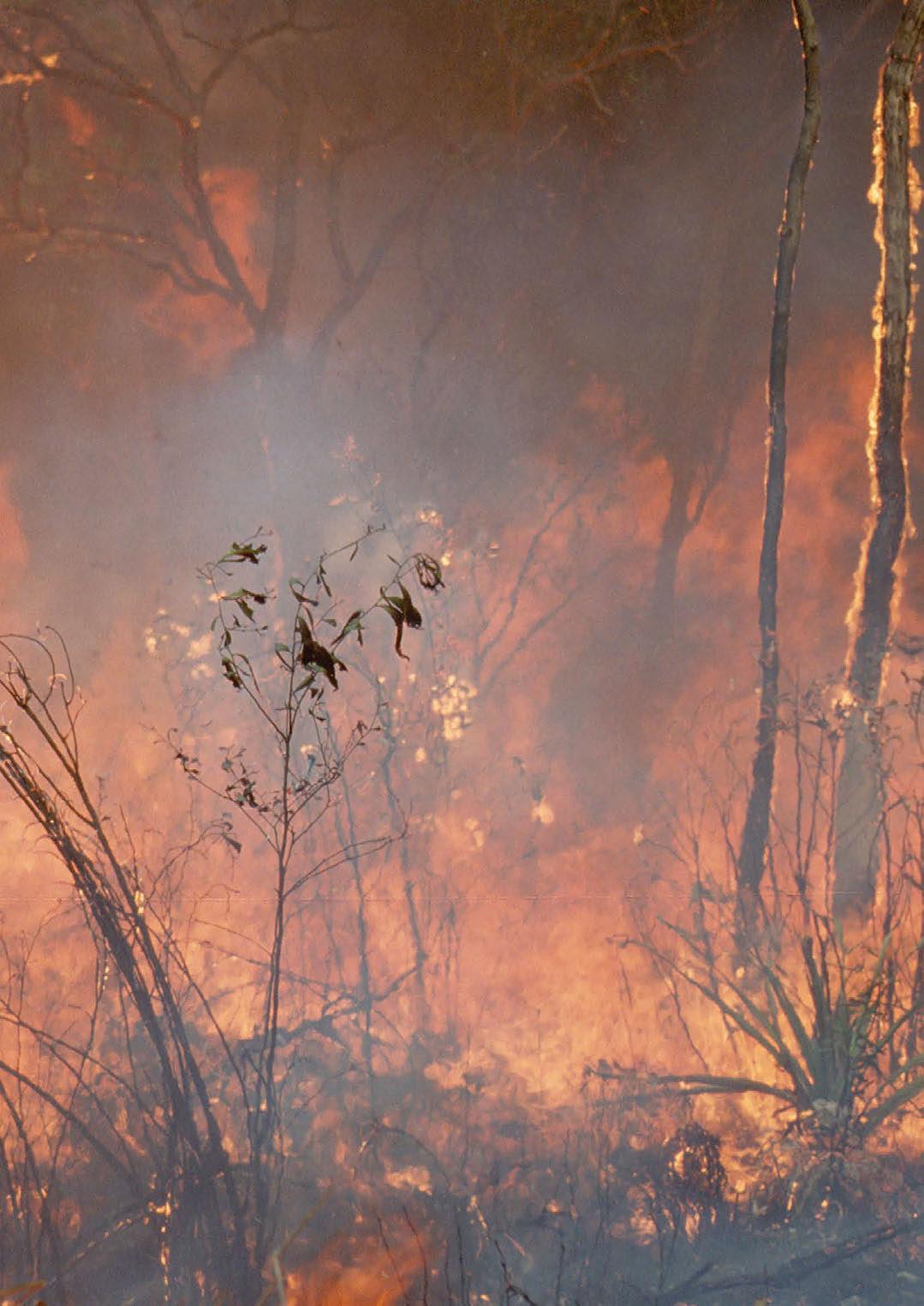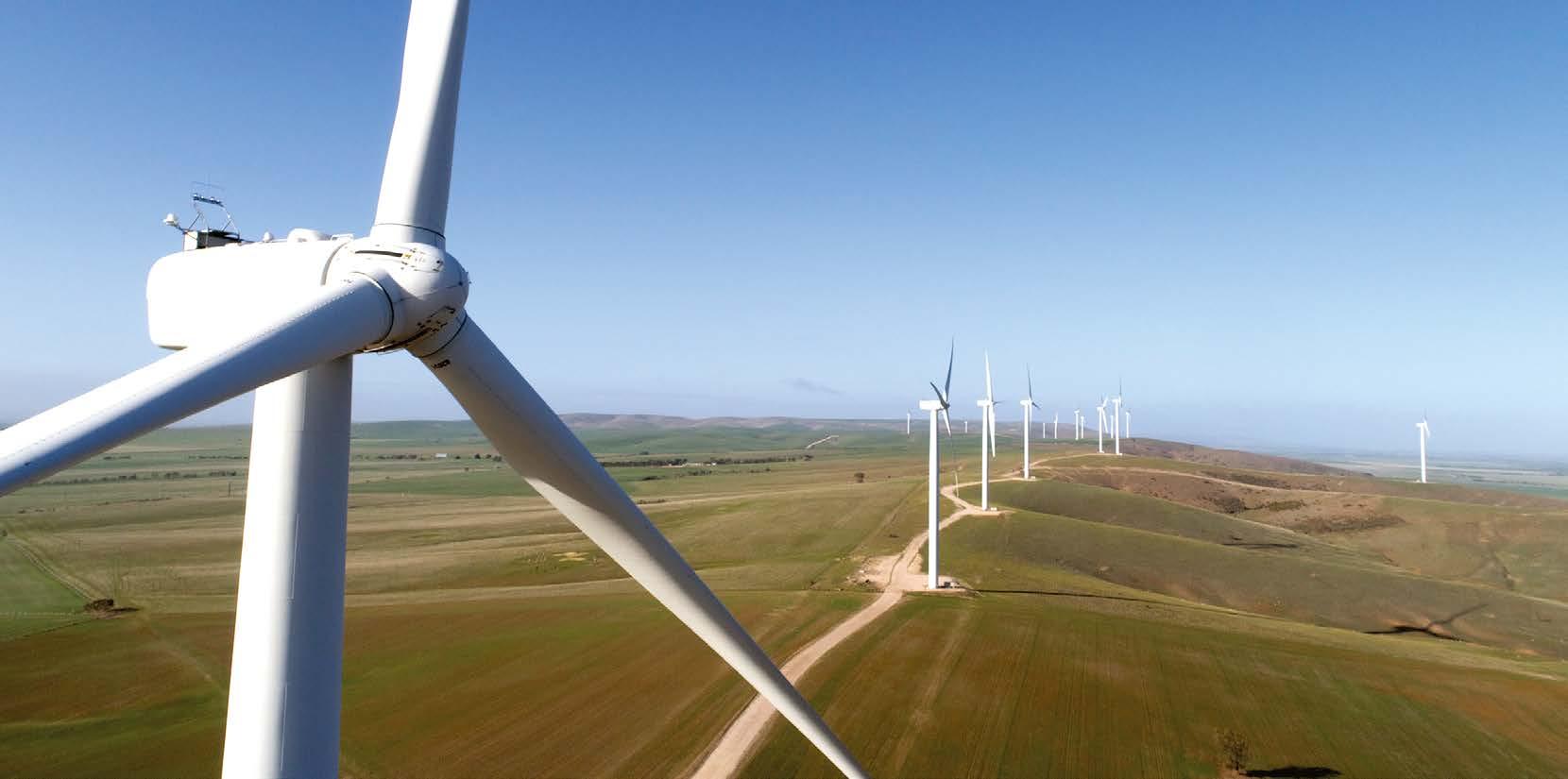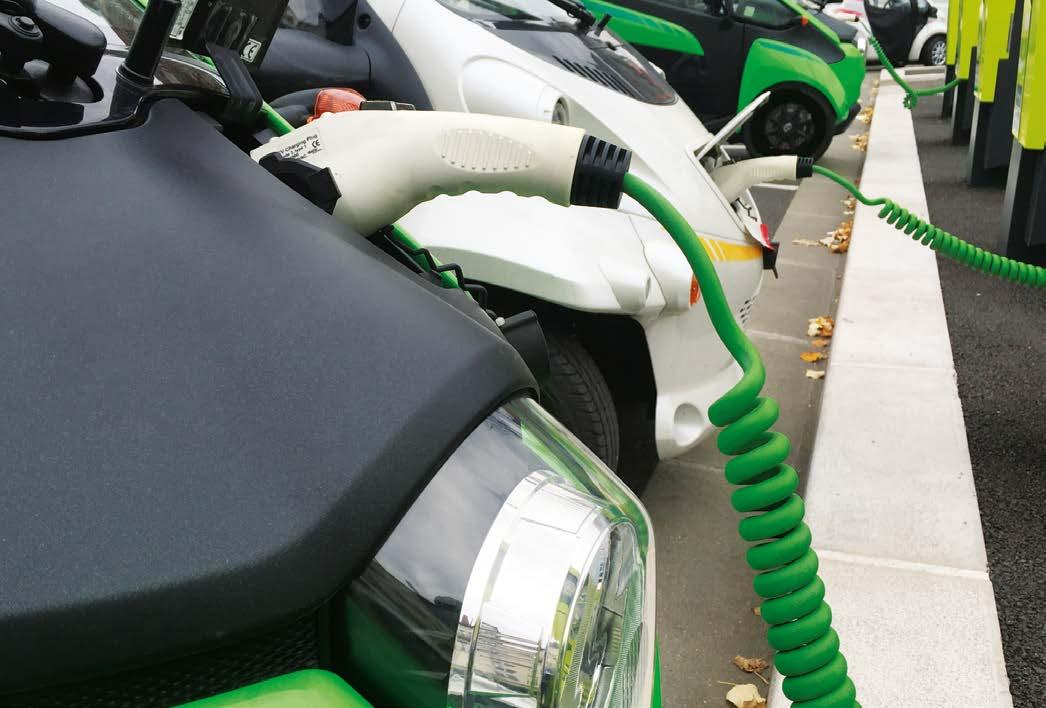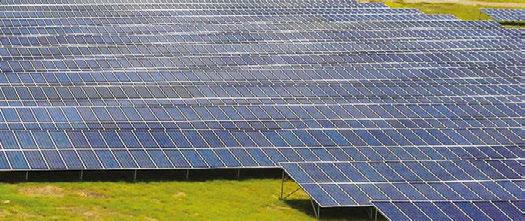GW SCALE
4 GW plant: setting a new benchmark The landscape in the heart of New England is destined for a makeover of epic proportions: wind farms with a combined capacity of 3400 MW and utility scale solar farms with a capacity of 350 to 650 MW. Also on the drawing board is pumped hydro-electricity storage. At the helm of the project is renewable energy trailblazer Simon Corbell who championed 100 per cent renewable energy in the ACT and went on to guide large scale developments in Victoria. Here the world leading renewable energy advocate who has taken a key role with Energy Estate speaks to Smart Energy about the development of the nation’s most ambitious project to date, the 4 GW Walcha (pronounced ‘Wolka’) Energy Project.
“
The proposed development is significant on many levels, but first things first, how does the local community view it and what involvement might they have? The Walcha Energy Project is the result of a long and detailed conversation with the community over the past 14 years and there has been no indicated opposition to renewable energy development in the region as whole to date. The idea for wind development on the plateau originated with the landholders who saw the benefits of diversifying their farm revenue streams and sharing the benefits from wind development with the broader Walcha community. We have developed an innovative community ownership and revenue sharing model that will allow the benefits of the project to be shared with the near neighbours and the community. We are also committed to using local talent, creating local jobs and using the local supply chain for the project which will generate a range of opportunities for business and individuals across the region. We will be encouraging local companies to participate in the project and identifying the areas where investment and training is required. More information and to register details visit www.walchaenergy.com.au/contractor-enquiryform.html
Is the project on track to commence development this year and construction next year? Walcha Energy and its partners continue to progress with the planning and development phases of both the solar and wind projects. We continue to work with the community,
Transmission infrastructure is critical, we need to be able to take electricity that is clean, cheap and abundant to the locations that need it such as the eastern seaboard, large industrial centres and large metro areas.
26 AUTUMN 2019
landholders, government and other key stakeholders through the planning pathway including relevant studies and commencing the grid connection process. The planning process for solar typically takes around one year and for wind it is longer, being two to three years, as relevant studies and approvals are sought. We would begin construction as soon as all necessary approvals are in place, and still believe that generation will commence in 2022.
Do you foresee any hurdles or challenges to the anticipated processes? The existing transmission lines will accommodate the expected generation from the proposed solar farm as well as the first stage of wind at Winterbourne and Moona. This is in large part due to the natural balance of solar generation occurring during the day and wind generation, primarily occurring at night.
Unlike many others, this project comes with the advantage of strong grid availability and proximity to key interconnectors for regions. What can you tell us about the Uralla Renewable Energy Hub and proposed transmission lines? Transmission infrastructure is critical, we need to be able to take electricity that is clean, cheap and abundant to the locations that need it such as the eastern seaboard, large industrial centres and large metro areas. With the identification of the NSW Renewable Energy Zones, both AEMO and Transgrid acknowledge the need for grid augmentation
















